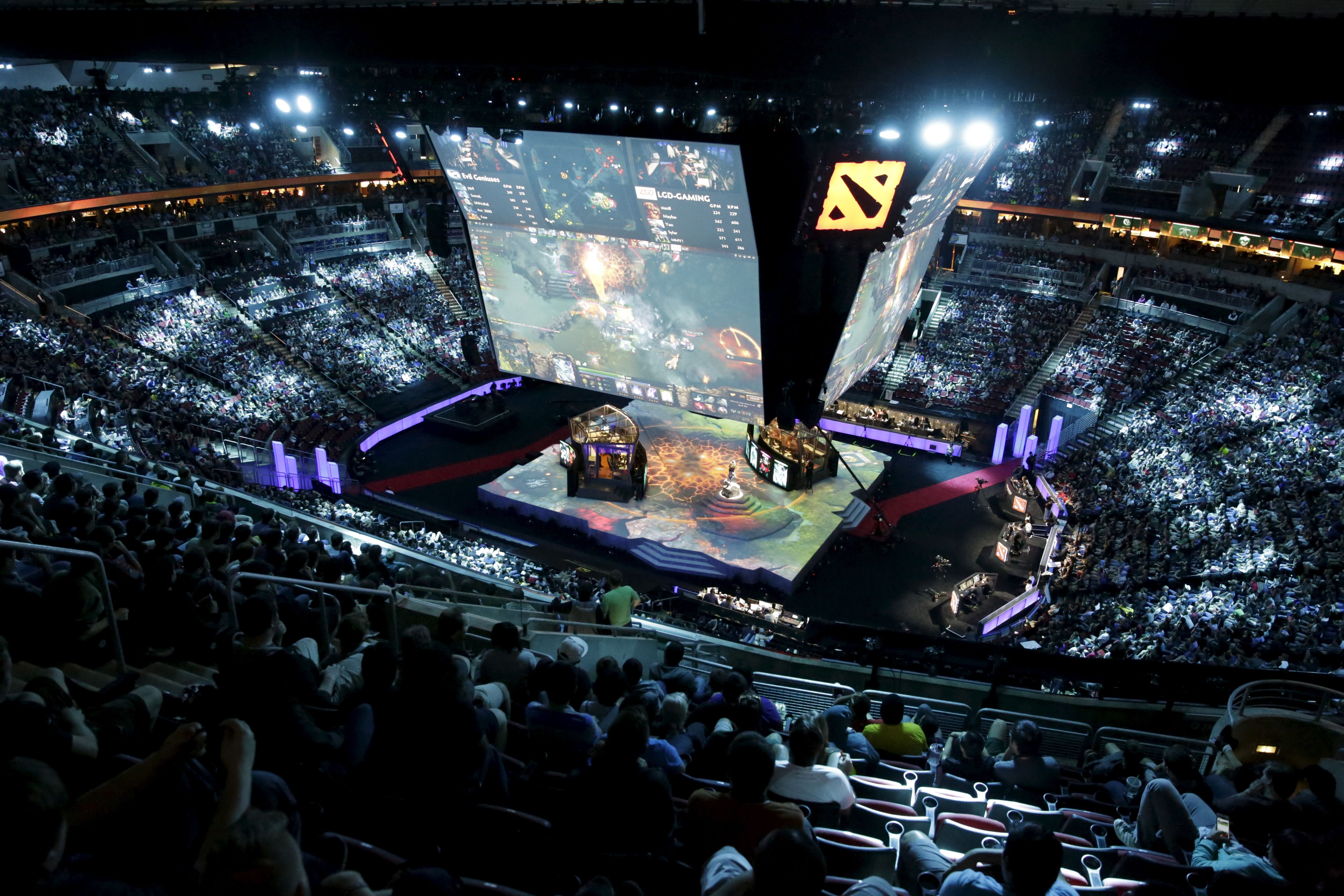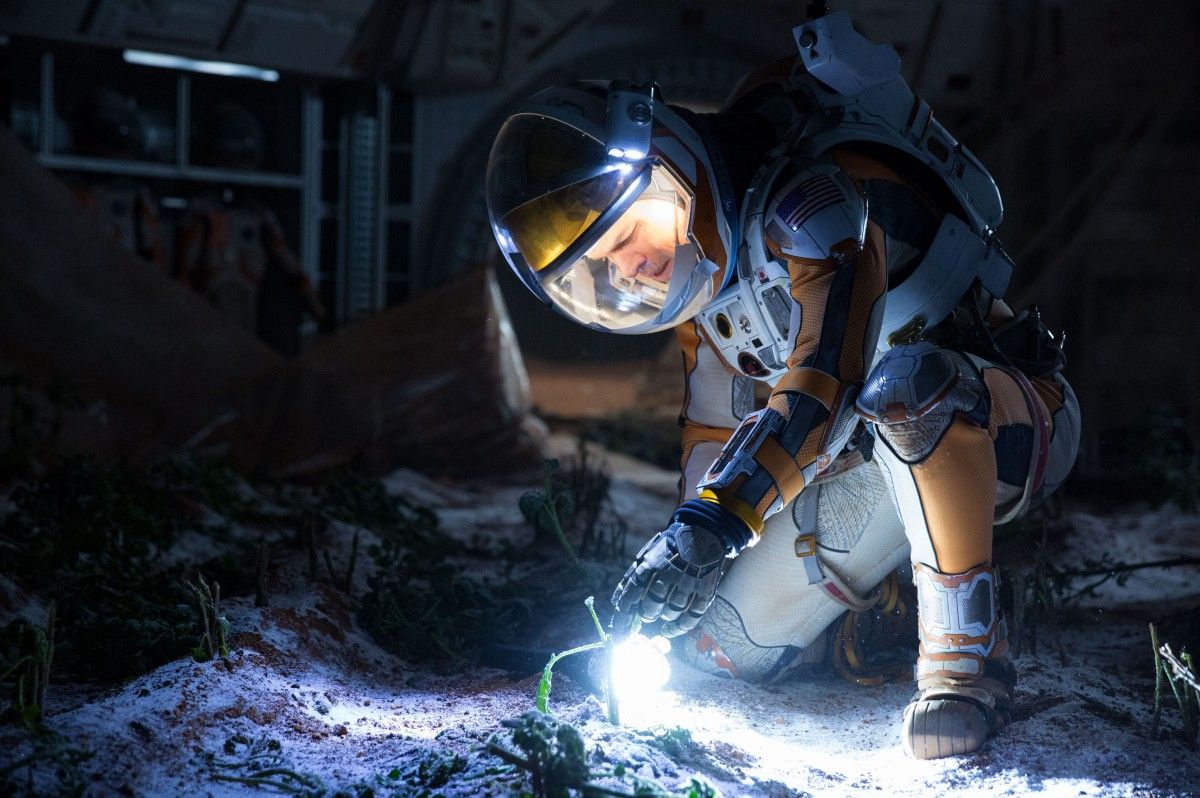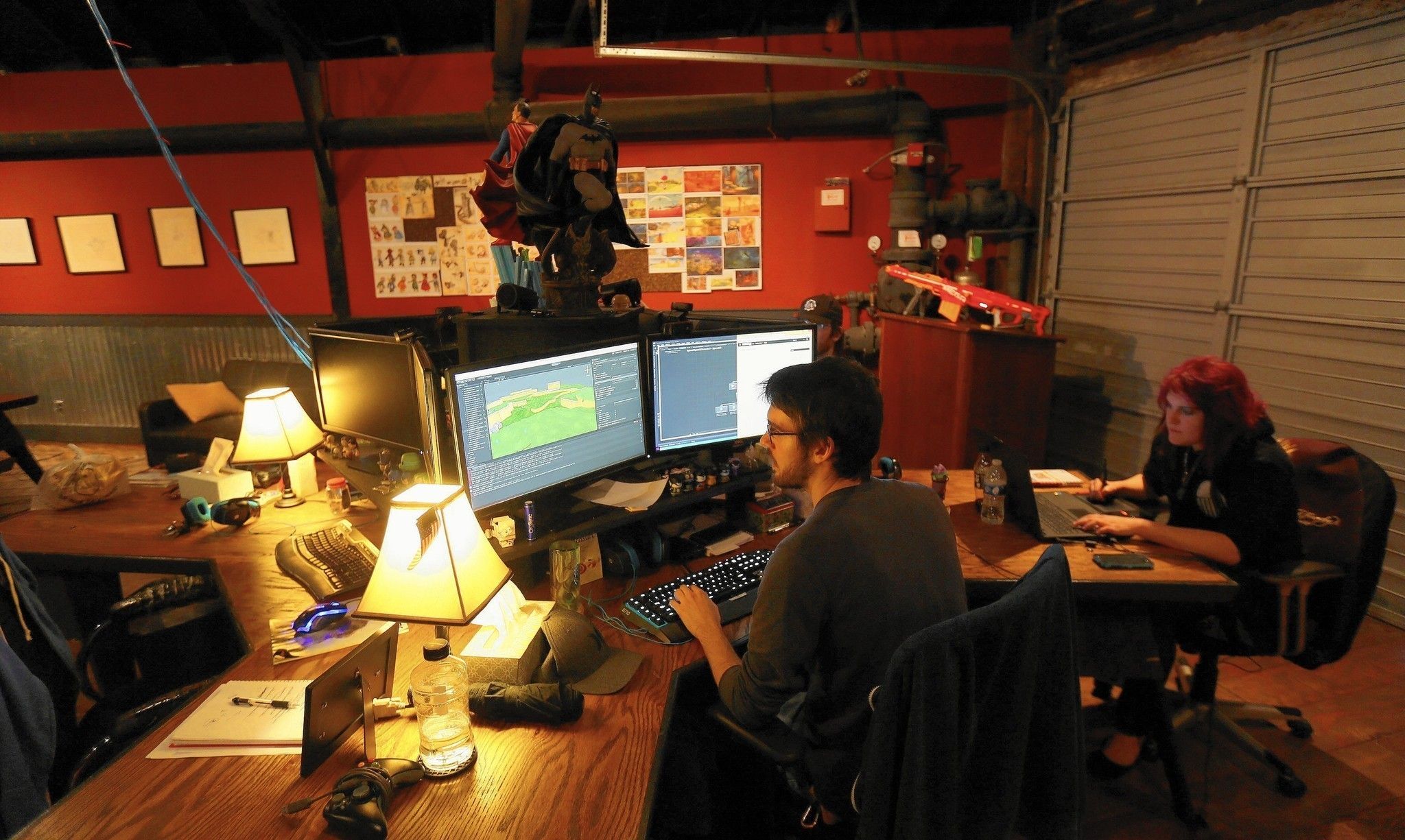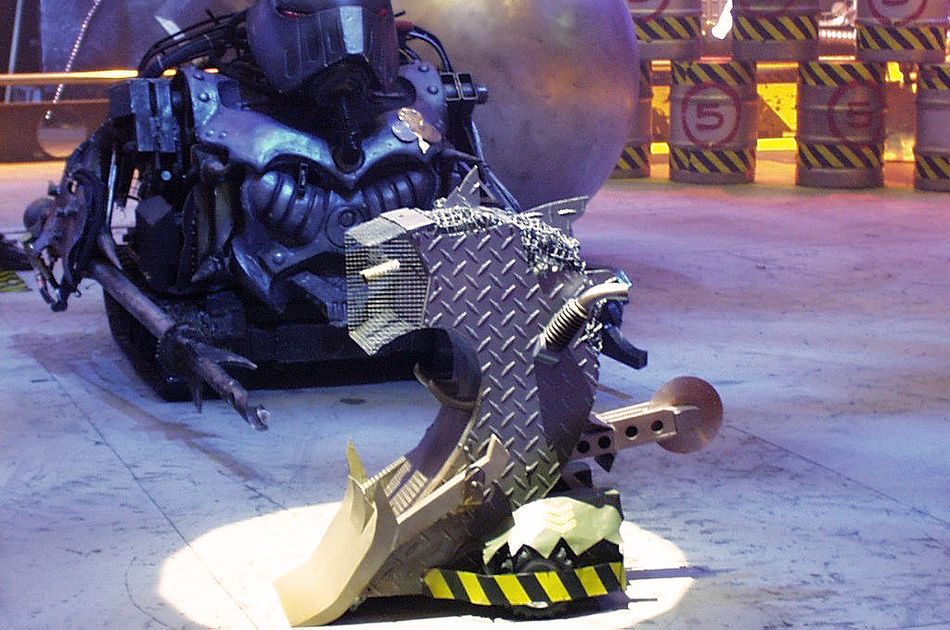Now this is impressive! Game Revenue could hit in less than 4 yrs $115 billion.
Virtual reality games could see revenue start in the millions and end in the billions by 2020.

Now this is impressive! Game Revenue could hit in less than 4 yrs $115 billion.
Virtual reality games could see revenue start in the millions and end in the billions by 2020.

We have Disney & Universal; and China has Transformers.
Hasbro’s iconic “Transformers” are poised to become a major live entertainment attraction in China from next year.
A custom-built theater seating 4,500 will host a live show combining shape-shifting robots, aerial stunts and large-scale special effects.
The attraction is the first to be developed by DMG Live, the new live entertainment arm of DMG Entertainment, which is headed by entrepreneur Dan Mintz. It follows a deal between DMG and Hasbro for the rights and with Michael Cohl’s S2BN Entertainment to develop the attraction.

VR Movie Studios
Now, that’s a story! Samsung VR Movie Studios; nice ring to it. Instead of “hello Hollywood” we’re now hearing “Hello New York”.
The company behind the Gear VR virtual-reality headset partners with the Sundance film festival to foster new immersive experiences.
These headphones have a hidden display that projects movies right into your eyes.

Glad to see The Martian get some Academy Award action; as much as I liked the novel, I found the film to be as good or better, which is rare. And I also found it to be personally inspiring in a way that few science fiction films are. But the point I’m trying to make here is that; we aren’t that far from Hermes-type spacecraft for interplanetary transfer. It’s not out of the realm of possibilities. I wonder if any of you feel the same way.
With six Academy Award nominations, the celebrated film adaptation of Andy Weir’s novel “The Martian” has been the perfect tonic for rousing interest in human missions to Mars.
But as good as the book truly is, the film transcends its source material about a stranded Mars astronaut with some practical takeaways that are as inspiring as any out there. They include:
Duct tape goes a long way –
Throwing money at a problem, particularly in aerospace, can often lead to little of real use.

Interesting; especially how AI is leveraged for enhancing games which does make perfect sense from a pattern recognition and improvement standpoint.
As Central Florida’s video game community enters the virtual reality era, specialists and artists who can create fantasy worlds will be in higher demand here.
Video games often try to transport players to a virtual world, whether it’s a land of wooden zombies or a virtual representation of the Amway Center.
But professionals here say the illusion fails if the game’s artificial intelligence doesn’t realistically react to game situations.

And, no! Even Football is no longer sacred from the AI invasion. Can you imagine see the Football coach and managers as robots making better game plays and books for their teams. Actually, if we could replace the refs. with robots that may be a good thing.
The application of artificial intelligence to play-calling is already upon us. Last spring, two students at North Carolina State built a model to predict whether an NFL team would pass or run, information that would hugely benefit defensive coordinators.
I usually never post articles like this one; however, it does raise a question for me. Could both defense and homeland security needs in addressing risks, and other emergencies really propel us sooner than later into singularity in order to ensure citizens their own protection. As other country militaries race to improve their own military AI & robotic capabilities. https://lnkd.in/ebMQ3Ab
If you thought Enhanced Human Operations (EHO) were an extravagant fantasy of Hollywood films and video games, then think again. Russia and China are involved in EHO, the act of modifying the brain and body in order to create “super soldiers” who will have the upper hand in battles.
Understandably, the United States is concerned about the prospect of having to join Russia and China by going down the Enhanced Human Operations route.
In a recent press conference, Bob Work, US Deputy Defense Secretary, warned that the US could be at risk of losing its “military competitive edge” if it fails to pursue military technology involved artificial intelligence.
Is it just me, or does that egg look an awful lot like the ones that hatch out the face huggers in the Alien film franchise?
Well, no matter — a pulse rifle or flamer should do the trick.
Kill it.
For the love of GOD
Kill it with FIRE! wink

Get ready; Robot fans and Geeks around world! Robot Wars is coming back for a new season on the BBC.
Robot Wars, the competitive TV show about battling bots, is returning to UK screens with a new series and new, improved remote-controlled metallic monsters of mayhem.
The BBC has confirmed that it has commissioned one of the original production companies to resurrect the show in the form of six 60 minute episodes, with a new structure in place and more science facts and behind-the-scenes footage than before.
One thing that definitely remains though is that amateur roboteers will still set their constructions against each other in the renewed Robot Wars arena. This time it will be based in a purpose-built zone in Glasgow.